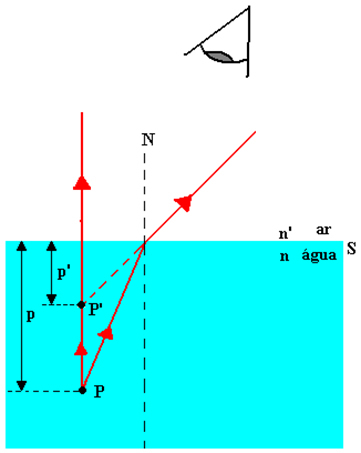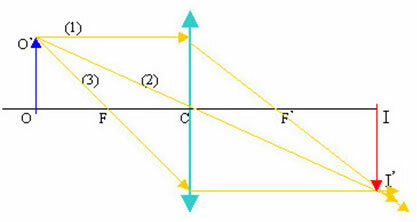O theorem of stevin and the Fundamental Law of Hydrostatics, which relates the variation of atmospheric and liquid pressures.
Thus, Stevin's Theorem determines the variation of hydrostatic pressure that occurs in fluids, being described by the statement:
“The difference between the pressures of two points of a fluid at equilibrium (resting) is equal to the product between the density of the fluid, the acceleration of gravity and the difference between the depths of the points.”
This postulate, proposed by the Flemish physicist and mathematician Simon Stevin (1548-1620), contributed too much to the advance of studies on hydrostatics.
Despite suggesting a theory that focused on the displacement of bodies in fluids, Stevin proposed the concept of “Hydrostatic Paradox”, hence the pressure of a liquid does not depend on the shape of the container, so it will only depend on the height of the liquid column in the container.
Thus, Stevin's Theorem is represented by the following expression:
∆P = γ ⋅ ∆h or ∆P = d.g. oh
Where,
∆P: hydrostatic pressure variation (Pa)
γ: specific weight of the fluid (N/m3)
d: density (kg/m3)
g: gravity acceleration (m/s2)
oh: liquid column height variation (m)
To learn more, read also Hydrostatic Pressure and Physics Formulas
Applications of Stevin's Theorem
Just notice the pressure exerted on our ears when we dive into a deep pool.
Furthermore, this law explains why the hydraulic system of cities is obtained by water tanks, which are situated at the highest point of the houses, as they need to get pressure to reach the population.
Communicating vessels
This concept presents the connection of two or more recipients and supports the principle of Stevin's Law.
This type of system is widely used in laboratories to measure pressure and density (specific mass) of fluids.
In other words, a branched container in which the tubes communicate with each other constitutes a system of communicating vessels, for example, the toilet, where the water always remains in the same level.
Pascal's Theorem
O Pascal's Theorem, proposed by the French physicist-mathematician, Blaise Pascal (1623-1662), states:
“When one point of a liquid in equilibrium undergoes a change in pressure, all other points also experience the same change.” (pThe= ∆pB)
Read more about Hydrostatics and Atmospheric pressure.
Exercise solved
Determine the hydrostatic pressure at the bottom of a water reservoir, open on its surface, which is 4m deep. Data: γH2O = 10000N/m3 and g = 10m/s2.
To determine the hydrostatic pressure at the bottom of the reservoir, we use Stevin's Theorem:
∆P = γ ⋅ ∆h
∆P = 10000. 4
∆P = 40000 Pa
Therefore, the pressure at the bottom of the water reservoir is 40000 pascal.
For more questions, with commented resolution, see also: Hydrostatic Exercises.



